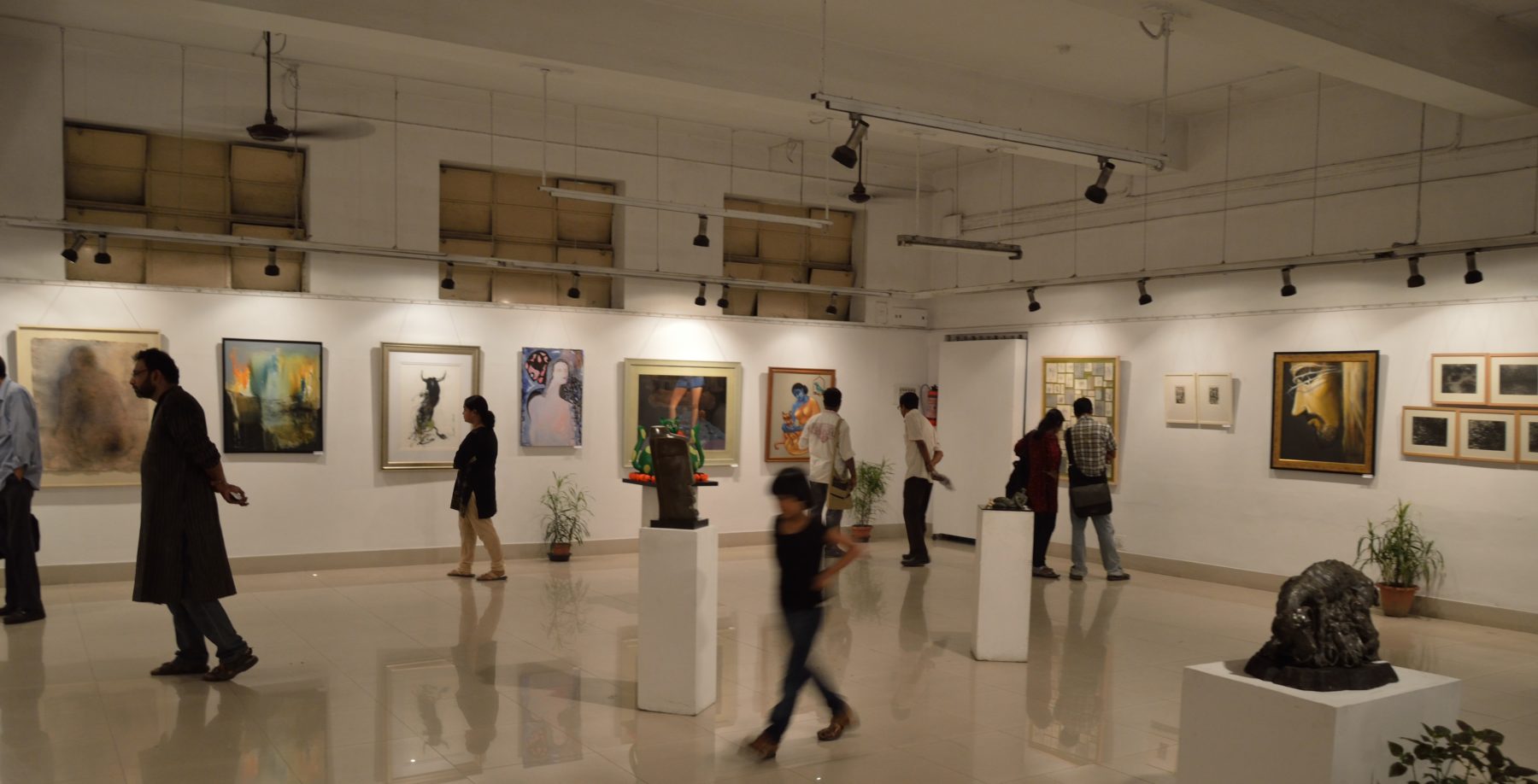1. Sara Selwood. Cultural Trends: Vol 28, No 2-3. “A Possible Teleology of Cultural Sector Data in England.” 2019. United Kingdom.
This article looks at the Art Council England’s new Impact and Insight Toolkit, which seeks to collect qualitative data on the arts sector, and how it might shape the future of the organization and the future of the arts sector.
2. Regional Arts Australia. “Collaborating with Regional Communities.” 2019. Australia.
These guidelines and tools are to assist those working in regional communities achieve a more rewarding level of involvement in cultural activities. They show how to strengthen decisions, build productive partnerships and develop positive outcomes.
3. Roland J. Kushner and Randy Cohen. Inter-university Consortium for Political and Social Research. “National Arts Index (NAI), United States, 1996-2017.” 2019. United States.
The National Arts Index is a highly-distilled annual measure of the health and vitality of arts in the U.S. using 76 national-level indicators of arts and culture activity. This report covers an 11-year period, from 1998 to 2008. This National Arts Index encompasses one of the largest collections of data on arts and culture in the U.S. ever assembled. The information has been gathered from reputable government and private sector sources and covering multiple industries—nonprofit and for-profit arts organizations, artists, funding and investment, employment, attendance and personal creation, and much more.
4. Claus Von Zastrow. Education Commission of the States. “Using State Data Systems to Report Information on Arts Education.” 2018. United States.
This Special Report — drawing on insights from a technical working group of experts in arts education, state data systems and state policy — offers guidance on key arts education metrics many states could track by using data they already collect.
5. Claus von Zastrow and Zeke Perez Jr. Education Commission of the States. “50-State Comparison: Arts Education Data Collection and Reporting.” 2019. United States.
This 50-State Comparison is one in a suite of tools created by the State Data Infrastructure Project in the Arts — a partnership between the National Endowment for the Arts and Education Commission of the States — to build states’ capacity to extract, analyze and report on data about arts education. The project aims to empower policymakers, communities and families with the information they need to ensure that every American student has the opportunity to excel in and through the arts.
